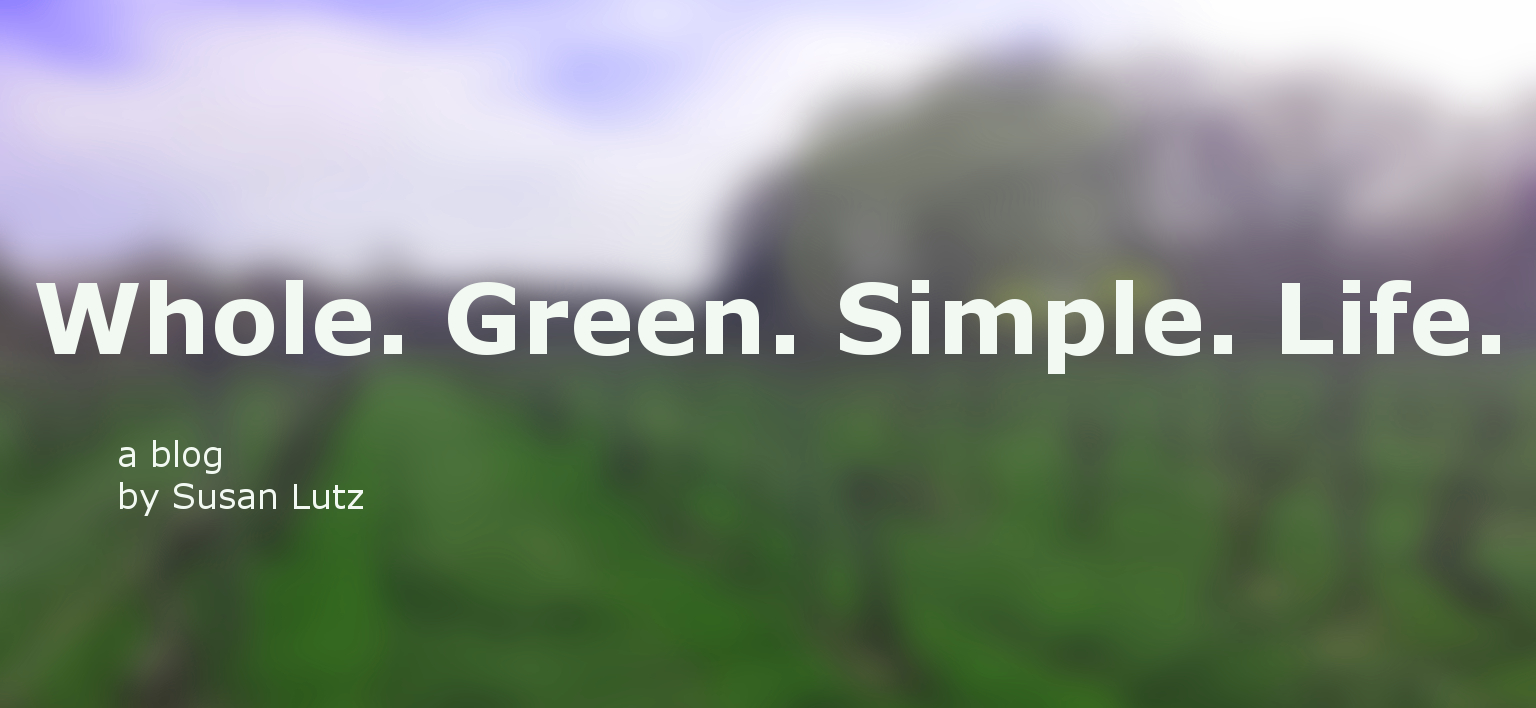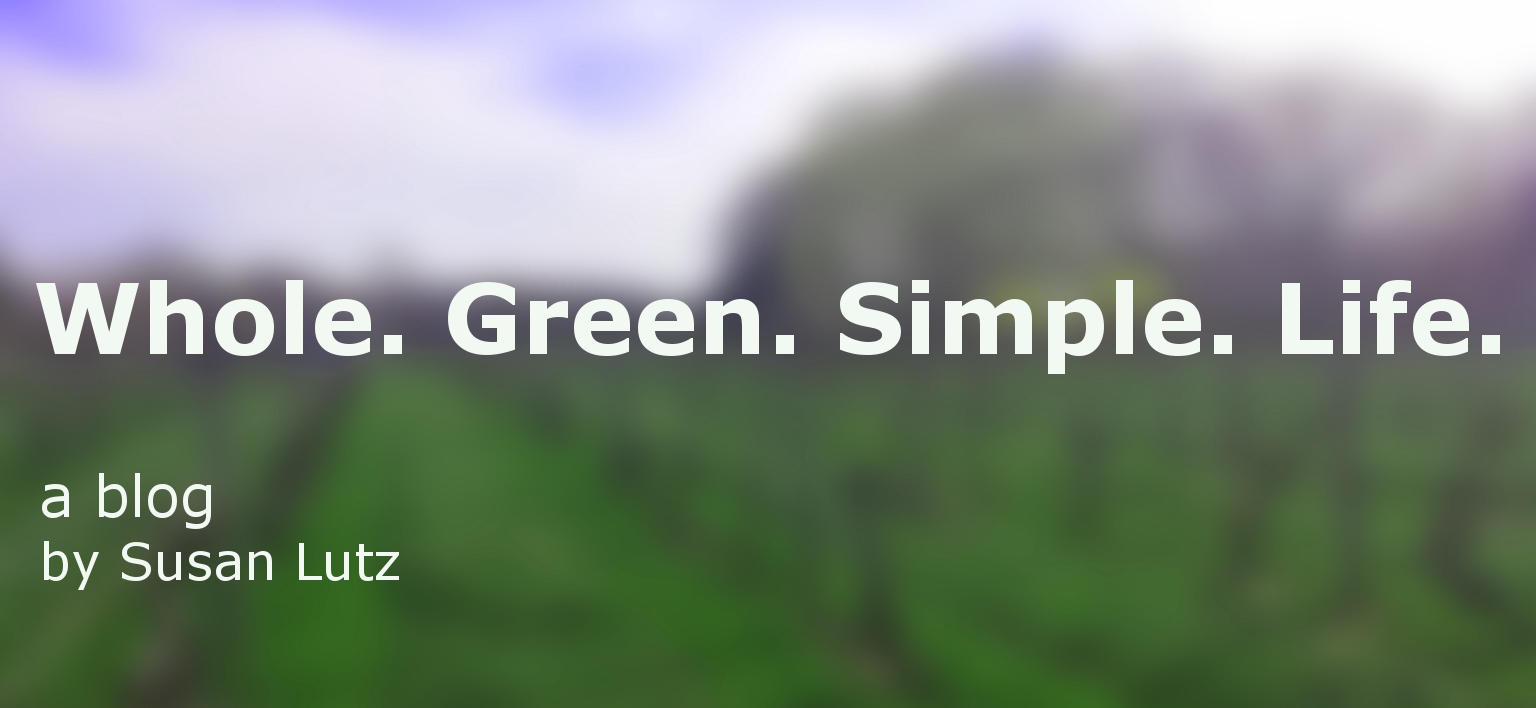“We’re Not Gonna Take It”… The song by Twisted Sister reflects the current mood in America. Something’s got to give somewhere. We need to resist and we must fight, rebuild and do everything in our power to stop the dismantling of our democratic principles and the Constitution.
The U.S. legal system is founded on the principle that no individual, including the President, is above the law. When SCOTUS declared that a President is immune from prosecution when exercising the ‘core powers’ of the presidency, that opened up the path for the the current administration to dismantle democracy. My question is what are the core powers? While in the past, there have been tensions between the executive branch and the judiciary, an outright defiance of a court order by a president is unprecedented in modern American history.
A president’s defiance of court orders challenges the foundational principle of checks and balances in the U.S. government. Upholding the rule of law necessitates that all branches of government adhere to judicial rulings, ensuring a balanced and functional democracy. On this episode of TMSOG, we have our resident political analyst, environmentalist and curmudgeon, George Polisner, founder of Civ.works, who gives us some insight into Project 2025, and the free fall of America into an authoritarian regime. We also explore instances where the administration has defied court orders on immigration which raises concerns about the balance of power in our government. What have we become and how will this all end? For more information go to civ.works. If you can donate to help lawyers defend our constitution go to https://www.aclu.org/ https://earthjustice.org/
To listen to past TMSOG shows go to: https://hudsonriverradio.com/ and https://malcolmpresents.com Follow The Many Shades of Green on FB and Instagram @tmshadesofgreen and on Blue Sky @tmshadesofgreen.bsky.social. Listen to TMSOG podcasts on all major podcast apps. #RaiseYourEcoConsciousness #RaiseYourSocialConsciousness
A Special shout out to Neil Richter for all of his help and engineering wizardry in getting TMSOG up and running each week.
TMSOG is proud to be on Feedspot’s list of the 50 Best Environmental Podcasts.



